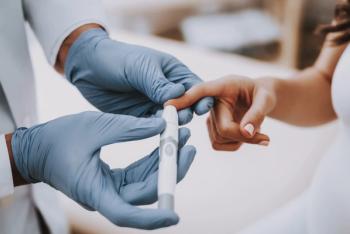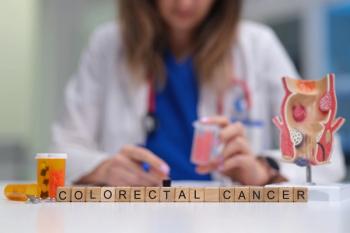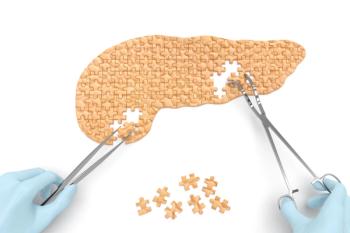
CAR-T Therapies Too Costly for Diffuse Large B-Cell Lymphoma Treatment
Researcher modeling the cost effectiveness of chimeric antigen receptor T-cell therapy (CAR-T) therapy and antibody conjugate found that they fell short.
Chimeric antigen receptor T-cell (CAR-T) therapy and antibody conjugates may be important treatment advances for people diagnosed with diffuse large B-cell lymphoma and other cancers. But their high prices loom as major obstacles to their use.
CAR-T therapy involves manipulating a patient’s T cells so they recognize and attack cancer cells. Antibody conjugates are monoclonal antibodies linked to cancer drug. CAR-T treatments are priced at about $400,000 and antibody conjugates in the hundreds of thousands of dollars.
Abi Vijenthira, M.D., S.M., a hematologist at the Princess Margaret Cancer Centre in Toronto, and her colleagues reported the findings of a cost-effective analysis in the Journal of Clinical Oncology that may help payers and others with decisions about the value of these new treatment. Do they stave off cancer long enough and well enough to justify the expenditures needed to cover those high prices.
Vijenthira and her colleagues constructed a
- Polatuzumab-rituximab, cyclophosphamide, doxorubicin, and prednisone (R-CHP) plus second-line CAR-T for early relapse (< 12 months)
- Polatuzumab-R-CHP plus second-line salvage therapy ± autologous stem-cell transplants
- Rituximab, cyclophosphamide, doxorubicin, vincristine, and prednisone plus second-line CAR-T for early relapse
- Standard of care Srituximab, cyclophosphamide, doxorubicin, vincristine, and prednisone plus second-line salvage therapy ± autologous stem-cell transplant).
Lifetime costs, quality-adjusted life-years (QALYs), and incremental cost-effectiveness ratios (ICERs) were calculated from both US and Canadian payer perspectives, and the researchers used a willingness-to-pay threshold of $150,000 US dollars (they also made calculations using Canadian dollars).
In probabilistic analyses (10,000 simulations), each strategy was incrementally more effective than the previous strategy, but also more costly, according to Vijenthira and her colleagues.
Adding polatuzumab-R-CHP to the standard of care had an ICER of $546,956 ($338,797-$1,199,923) per QALY. Adding second-line CAR-T to the standard had an ICER of $309,813 per QALY.
Adding both polatuzumab-R-CHP and second-line CAR-T to the standard of care had an ICER of $488,284 per QALY.
“Given uncertain incremental benefits in long-term survival and high costs, neither polatuzumab-R-CHP frontline, CAR-T second-line, nor a combination are likely to be cost effective in the United States or Canada at current pricing compared with the standard of care, the researchers concluded.
In a separate study, published in the journal
The researchers modeled a hypothetical cohort of U.S. adults (average age, 65 years) with primary refractory/early relapsed DLBCL by developing a Markov model to determine the cost effectiveness of second-line Yescarta compared with standard of care using a range of plausible long-term outcomes. They utilized a willingness-to-pay threshold of $150, 000 per QALY.
Assuming a five-year event-free survival rate of 35% with second-line Yescarta and 10% with standard of care, Yescarta was cost effective at a willingness to pay ratio of $150, 000 per QALY. However, Yescarta was no longer cost-effective if its 5-year even-free survival was less than or equal to 26.4% or if it cost more than $972, 061 at a willingness-to-pay threshold of $150, 000.
Second-line Yescarta was the most cost-effective strategy in 73% of the iterations at a willingness-to-pay of $150, 000, the researchers wrote.
Routine use of second-line CAR T-cell therapy would add significantly to health care expenditures in the United States —more than $1 billion — even when used in a high-risk subpopulation, the researchers found. “Further reductions in the cost of chimeric antigen receptor T-cell therapy are needed to be affordable in many regions of the world,” they wrote.
This article originally appeared on Managed Healthcare Executive.
Newsletter
Pharmacy practice is always changing. Stay ahead of the curve with the Drug Topics newsletter and get the latest drug information, industry trends, and patient care tips.




































































































































